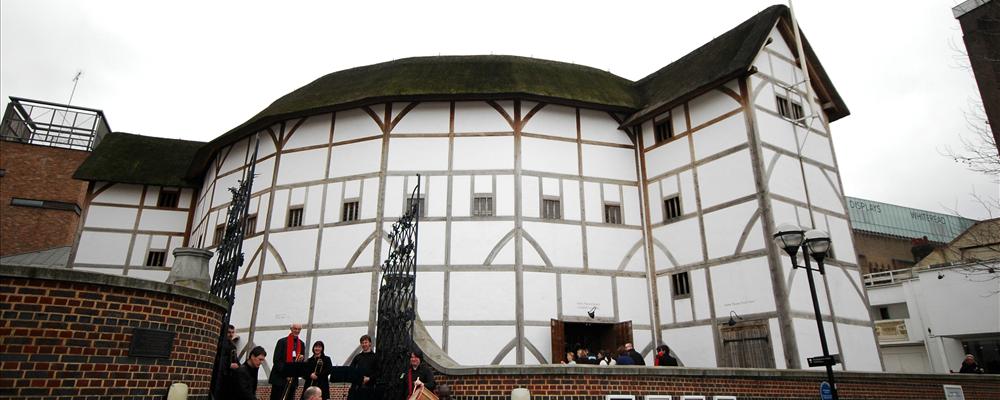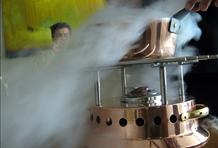
10 Amazing Theaters in the World
Check out these amazing theaters around the world, all gathered in this collection.
Similar Guides

Top 10 Most Amazing Beaches
0 Reviews

Top 10 Unusual Restaurants
0 Reviews

Most Spectacular Train Journeys
1 Reviews











Be the first one to add a review